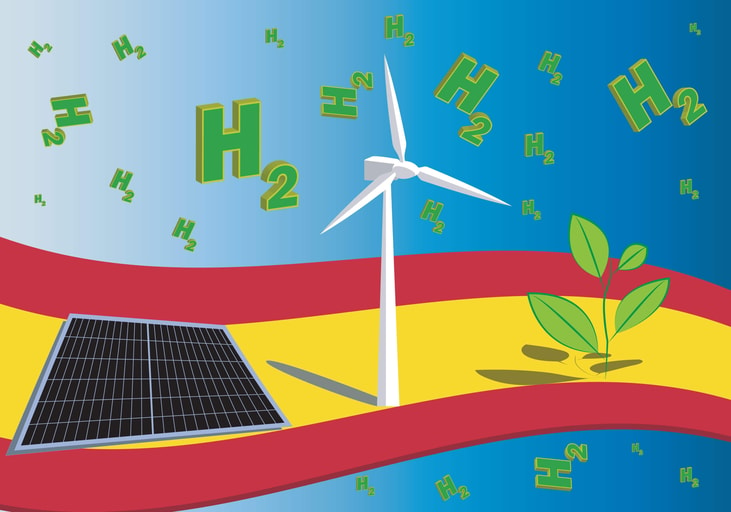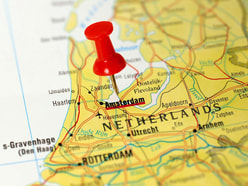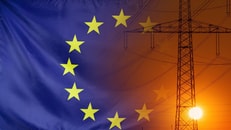Spain rules out cyber-attack for grid failure but questions remain
Spanish utility Red Eléctrica has ruled out a cyber-attack as the cause for the extensive collapse of its grid yesterday as attention turns to a potential solar plants shutdown.
Eduardo Prieto, Director of Operational Services for Red Eléctrica Española (REE), said, “We have been able to conclude that there was no type of intrusion into Red Eléctrica’s control systems that could have caused the incident.”
Despite external interference being ruled out, Spain’s entire energy and grid infrastructure will remain under scrutiny as the investigation swings into action. “It is much more serious that the network has failed by itself than due to a cyber-attack,” said one commentator on YouTube after the conference.
Air separation units (ASUs), which rely on continuous electricity supply to produce oxygen, nitrogen, and argon, are likely to have tripped or switched to emergency control modes.
... to continue reading you must be subscribed
























